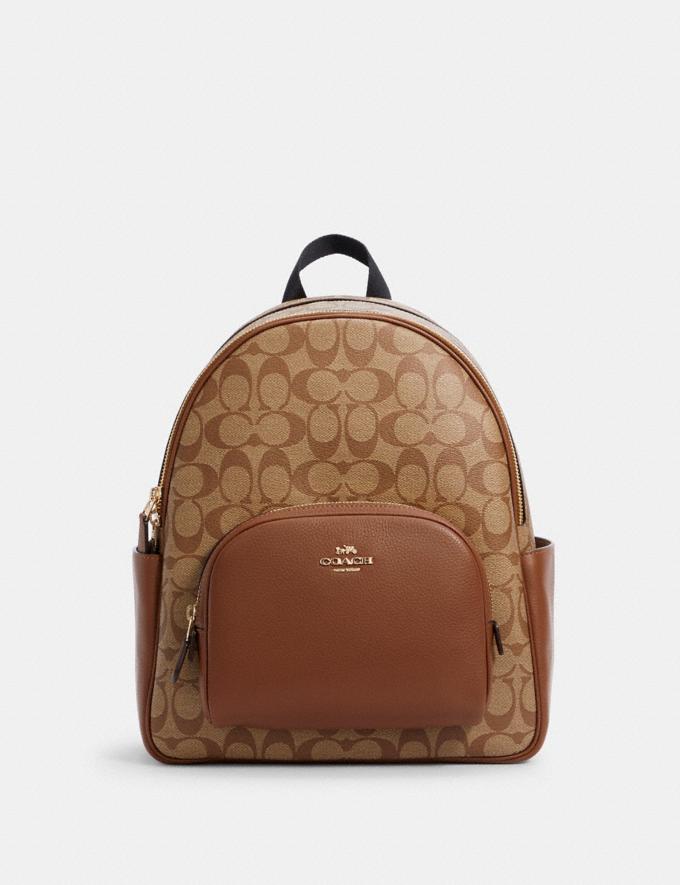Saint Laurent Medium Lou Matelassé Suede Shoulder Bag
A minimalist shoulder bag makes maximum impact with elegant matelassé stitching, raised logo-monogram hardware and a shining chain-and-leather strap.
A minimalist shoulder bag makes maximum impact with elegant matelassé stitching, raised logo-monogram hardware and a shining chain-and-leather strap.
- Magnetic-snap flap closure
- Pull-through chain-and-leather shoulder strap
- Dual interior compartments with center zip-pocket divider
- Leather
- Made in Italy
- Designer Handbags
- Item #6096872
Additional information
| SIZE INFO | 12”W x 9”H x 4 1/2”D. (Interior capacity: medium.) |
|---|






Reviews
There are no reviews yet.